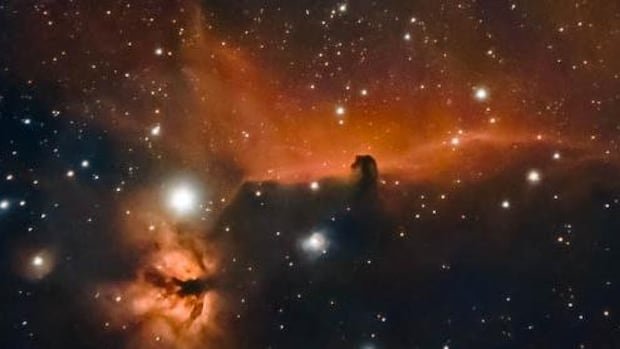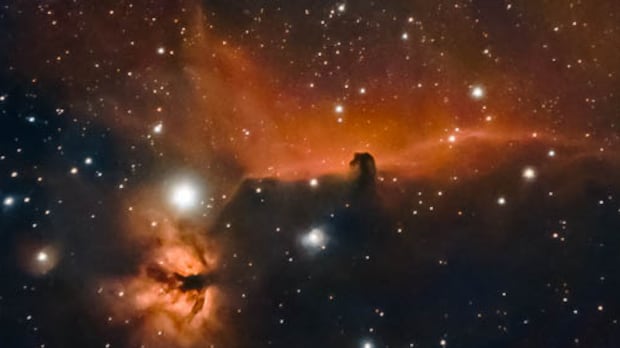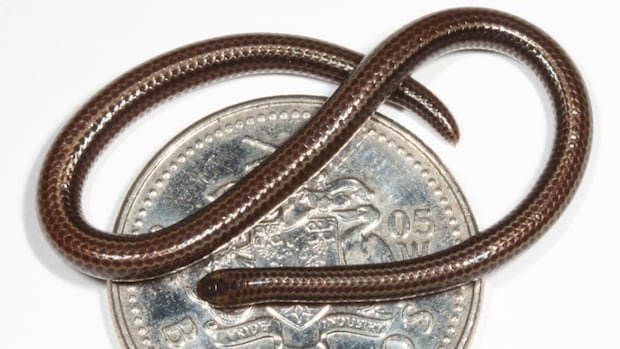A group of New Brunswickers hopes to capitalize on the extraordinary darkness of the Bay of Fundy coast by creating a 180-kilometre “dark sky corridor” to both protect the region from light pollution and embrace the growing interest in astrotourism.
“It’s the fastest-growing travel tourism segment in the world,” said Stéphane Picard, CEO of Cliff Valley Astronomy, which organizes group stargazing tours in southern New Brunswick.
“Not everybody is going to go out and spend $1,000 on equipment or spend thousands of hours learning the night sky, the science behind it.
“So we started doing star parties and it took off. We had almost 50 bookings the first summer.”
Picard, who is also an astrophotographer, said Cliff Valley continues to expand its offerings and has invested in a high-powered telescope that connects to mobile devices, so star watchers can snap awe-inspiring photos — and earn bragging rights on social media.
“They can say, ‘Look what I shot last night,'” Picard added with a belly laugh.
The Fundy-St. Martins area has rare darkness, making it a prime location for celestial viewing.
He said interest in astrotourism has been skyrocketing in North America because as cities grow dense and brighter, light pollution is greatly limiting people’s ability to see starry skies.
“Eighty per cent of Americans can’t see the Milky Way from where they live, and Canada is now creeping above 60 per cent,” Picard said.
“Because New Brunswick’s 85 per cent forested, we have not only an abundance of dark skies, they’re easy to access.”
Picard hopes this rare darkness can be preserved. His vision is to see a dark-sky corridor stretching along the Fundy Coast from New River Beach Provincial Park to Hopewell Rocks Provincial Park.
It would connect six different sites, including Irving Nature Park and Fundy National Park, which are already designated dark sky areas.
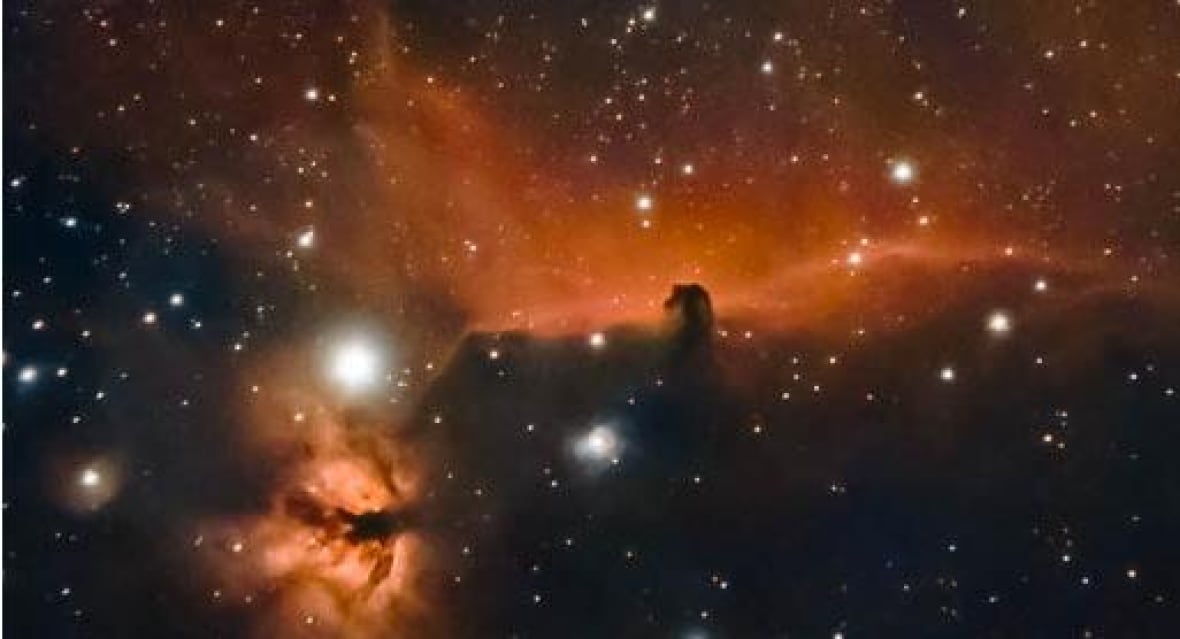
Other points in the proposed corridor would be Fundy Trail Provincial Park and Fundy-St. Martins, which extends from the edge of the Saint John Airport all the way to the Little Salmon River.
“Having a dark-sky designation really touches on a lot of things that our community values,” said Elaine Shannon, president of the St. Martins and District Chamber of Commerce.
She said she was introduced to the idea 10 years ago while on vacation in Sedona, Ariz. The city was named a dark sky community in 2014 by Dark Sky International, the organization that certifies these sites at the global level.
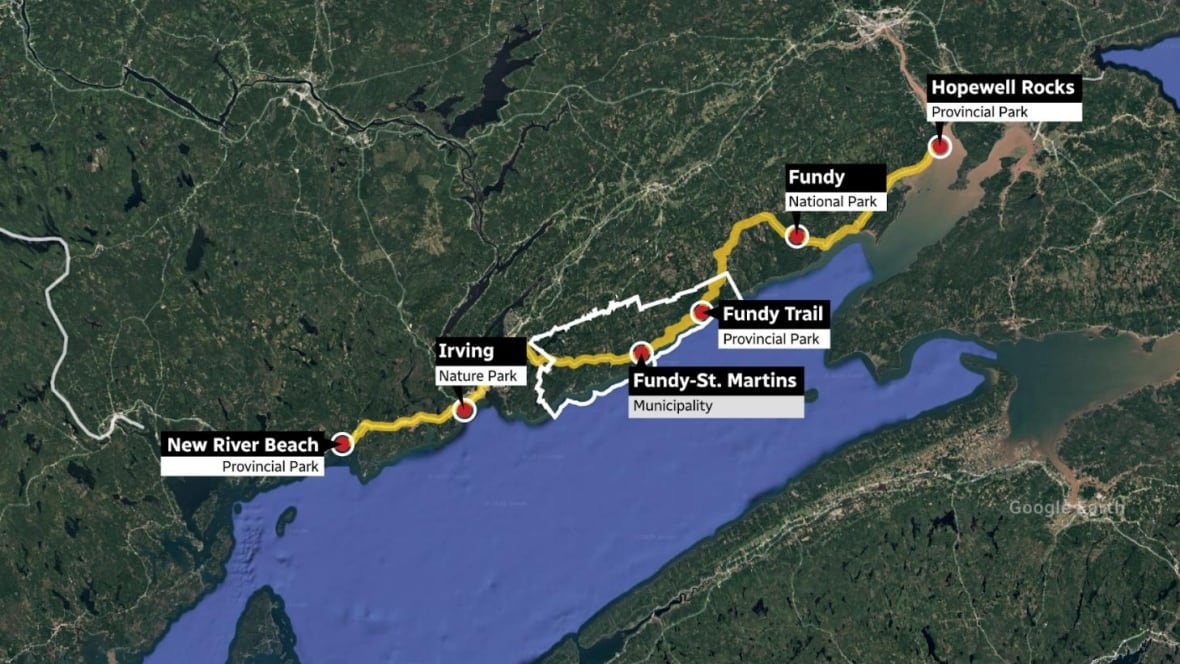
“Even though they have high tourism, everything in Sedona is geared to dark sky, like their signage, everything,” Shannon said. “We came back from that trip thinking, ‘Wow, that’s super cool that a community could rally around something as amazing as the night sky.’
“And in conversations with other people on our board, they thought the same thing: how do we preserve this?”
Brightness of the light sky is measured on the Bortle scale, which runs from one to nine. The Fundy-St. Martins area is rated around two, making it one of the darkest communities in the world.
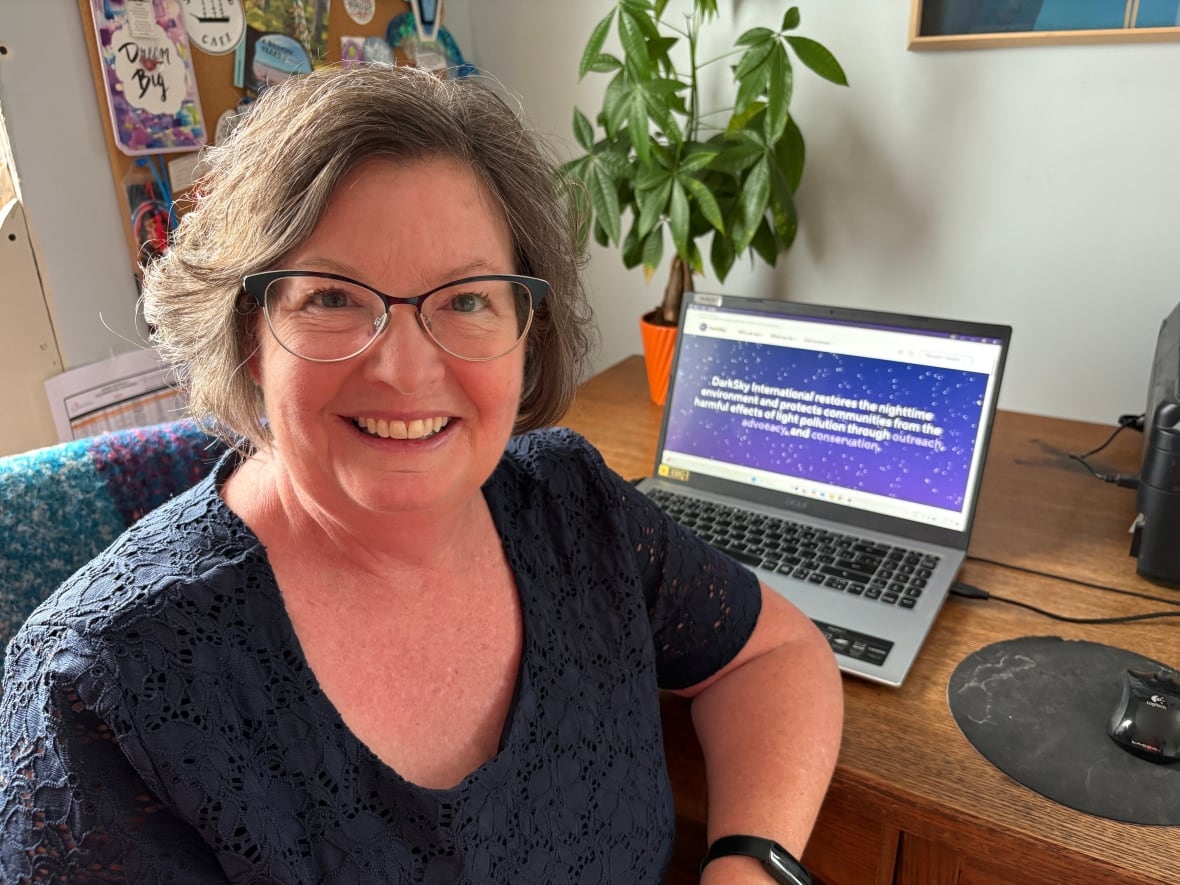
Shannon invited Picard to give a presentation in front of chamber members, who supported the idea of seeking the dark-sky designation for Fundy-St. Martins.
She said her members especially gravitated toward the potential of driving up business in the picturesque village through astrotourism.
“Instead of [tourists] just coming out for the day, going to the beach, having a bite to eat and going back to the city. By them staying overnight and the extra meals that they would have, and the astrotourism activities — all the business owners were leaning in at that point.”
The chamber formed a dark-sky committee, headed by Shannon, and hired Picard to carry out light assessments and review requirements. The group reached out to Dark Sky International, which sent a checklist of things to work on.
Fundy-St. Martins municipal council approved a letter July 8 saying it supports the chamber’s research but needs to know more.
“How does it affect our rural plan? Do we have to make changes?” asked Mayor Jim Bedford.
“If it ever was to become a bylaw, how do we enforce that? How do we measure that? So there’s a lot of questions yet.”
Bedford said the community needs to hold more public consultations to hear what its population of 5,300 thinks.
“This is not going to happen overnight, but it does have benefits for sure.”
Shannon believes the expense would be minimal, as it would mostly be a matter of adding hoods over lights so they don’t point up toward the sky, drawing curtains at night and using amber-tinted bulbs instead of bright white ones.
“Not big changes, but small changes that mean a lot,” she said.
Picard said a dark-sky designation would also be good for the environment.
According to Dark Sky International, light pollution can have negative effects on nocturnal animals.There are also studies suggesting it can be harmful for human health.
Meanwhile, a 2023 study found skies are becoming seven to 10 per cent brighter every year.
“It’s almost scary,” Picard said. “We should be on the lookout to be safe and take the right steps.”
Picard is optimistic the corridor will eventually become a reality and said seeing the night sky in vivid detail is a profound experience that he loves to share.
He recalled a time when one of his clients started weeping at the telescope.
“He said, ‘I’ve been on this Earth for over 60 years, and I’ve never seen the moon like that.'”
The New Brunswick government says that it’s also working with Picard to see what it would take to have its parks on the Bay of Fundy declared dark sky preserves and that it supports Fundy-St. Martins’s efforts to do the same.
